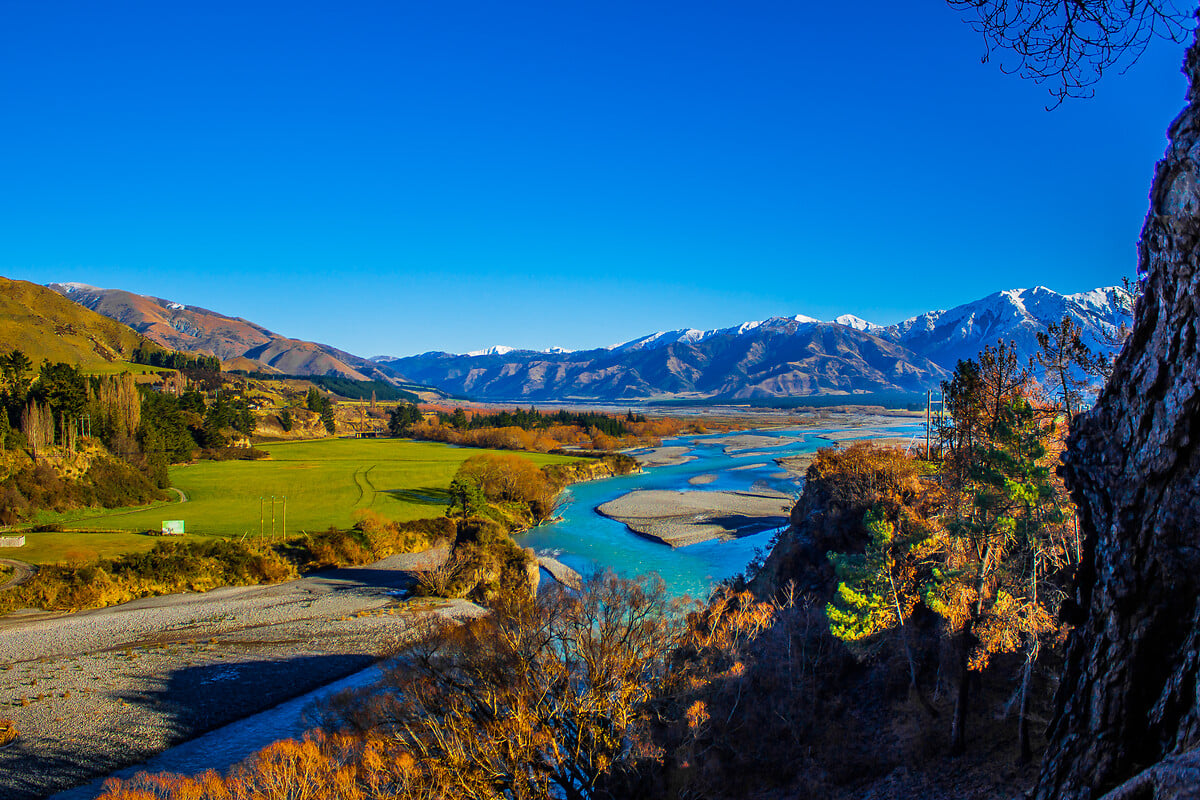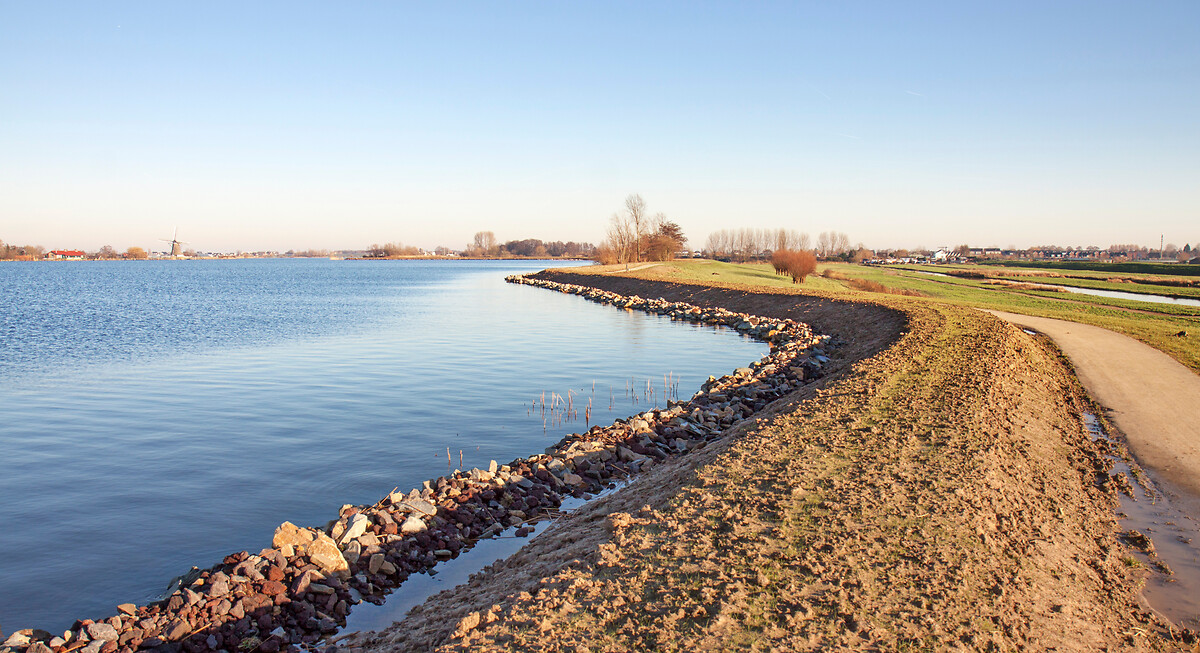> Tags: Climate resilience, Sea-level rise, Subnational
> Theme: Climate change
> Country: New Zealand
> Last updated: 04 June 2020
Download PDFPolicy in practice
In New Zealand, the central government works at a national scale to improve resilience to the impacts of climate change. It does this by: providing the national-level legislative and policy framework; issuing information and guidance to support local government and businesses to take effective adaptation decisions; funding research and publishing information on climate change impacts; and preparing for and responding to major natural hazard events. Local government has responsibilities to prepare communities for and manage the risks of climate change and are considered best-placed to understand what is appropriate for their region based on the local changes they can expect to experience. Local government is also required to consider the effects of a changing climate on communities and incorporate climate change into existing policy and regulatory frameworks, plans, projects and decision-making procedures, for example, when making choices about the use of land.
While central government continues to develop national-scale responses, New Zealand is taking action at a local level. At the coast this is informed by the Ministry for the
Environment’s publication “Coastal hazards and climate change: Guidance for local government” released in 2017 as an update to earlier guidance material. This guidance aims to support local government to manage and adapt to the increased coastal hazard risks posed by climate change and sea-level rise. It:
provides information on the potential effects of climate change on coastal hazards, incorporating the latest science and feedback from stakeholders;
recommends a new “adaptive pathways” approach to coastal hazards planning that is dynamic and flexible and that responds to the long-term uncertainty of climate
chance effects;
outlines collaborative approaches to engaging with communities and local government roles and responsibilities; and
recommends a ten-step decision-making process that councils and communities can follow when planning for the effects of climate change on coastal hazards.
Key policy message
National governments can support local actors by providing guidance to manage and adapt to the increased coastal hazard risks posed by climate change and sea-level rise.



